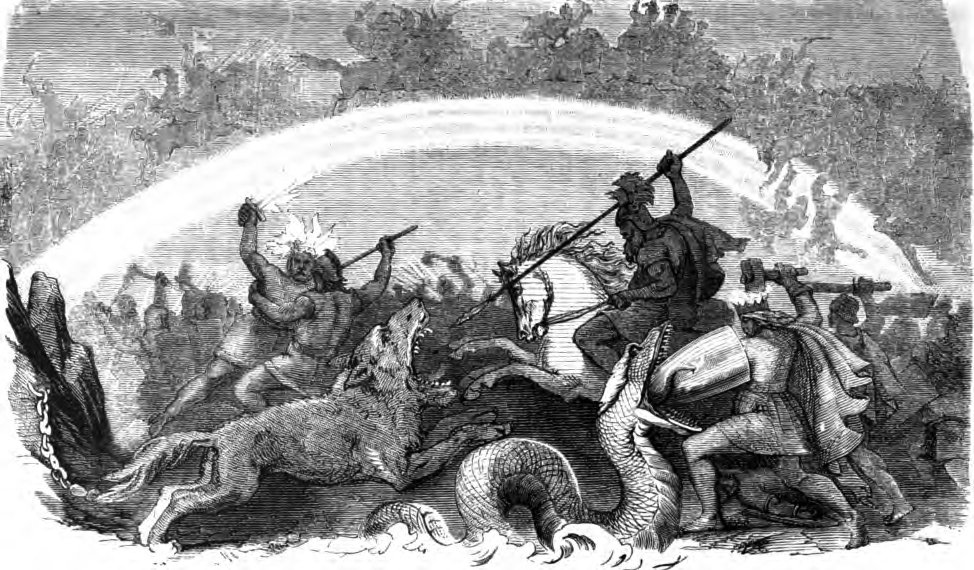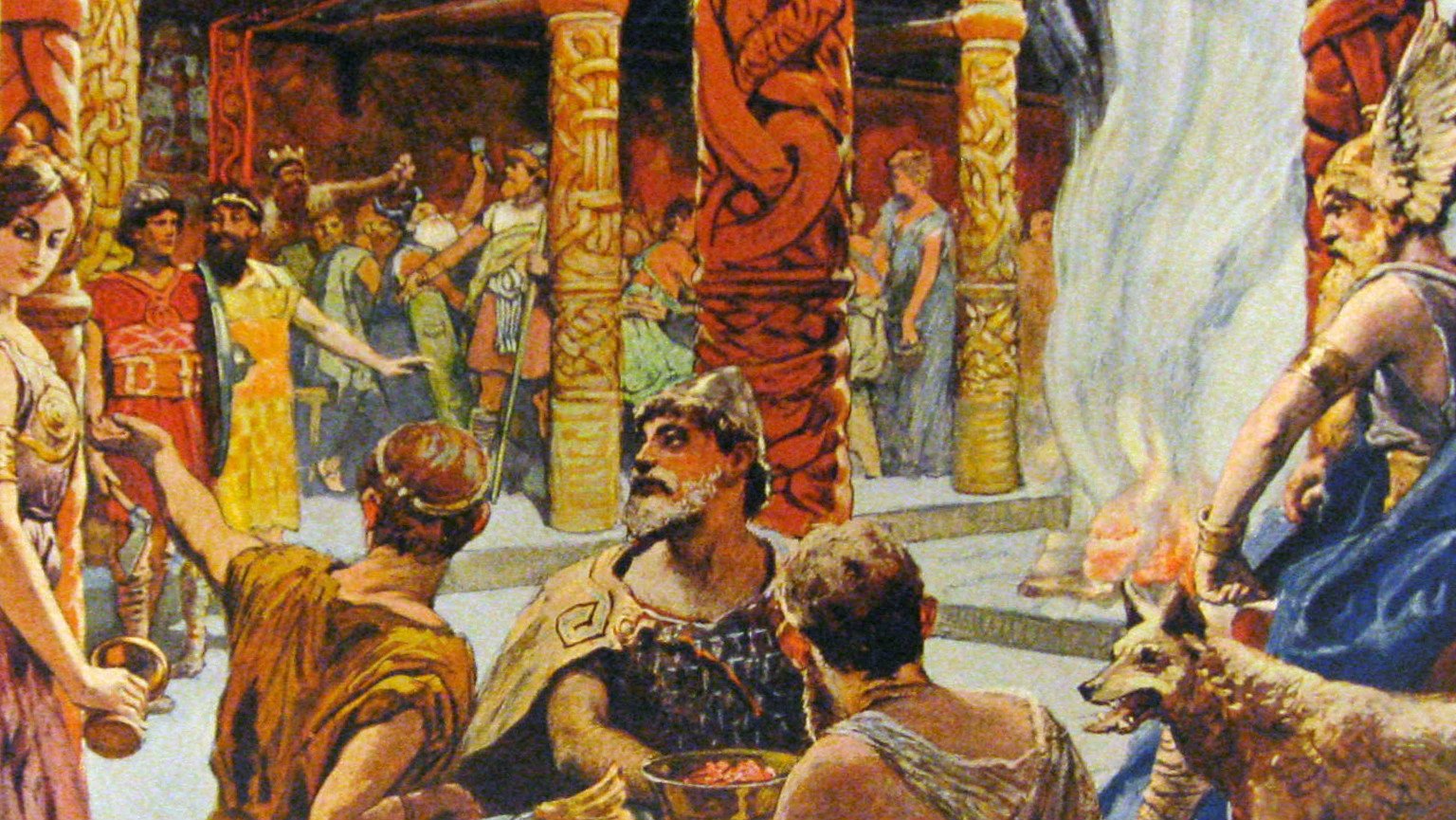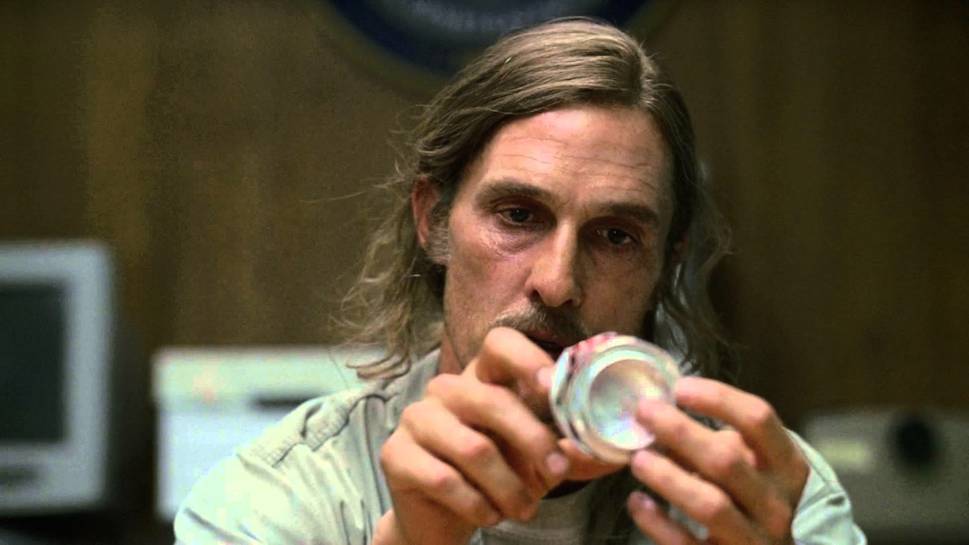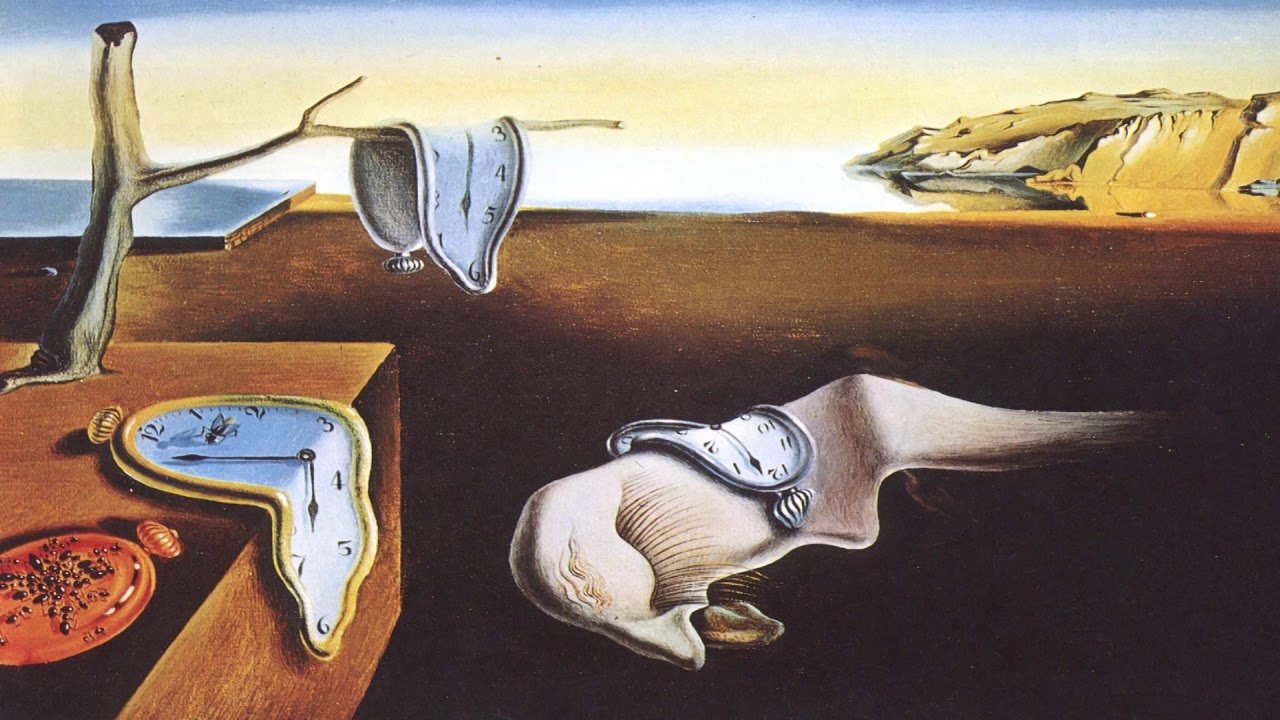God of War is set to be one of the biggest games of the year, and one of its hallmarks is that its plot is deeply rooted in Norse mythology. If you’re a Marvel fan, you might already think yourself an expert in Norse mythology. After all, Thor, Odin, Loki, are all you really need to know right? Well, things are a little more complicated, and a little darker than Marvel’s interpretation of the Aesir gods would imply.
The legends of the Norse gods make the conniving of the Greek pantheon look like a bunch of grumbling school children in comparison, and their portrayal in God of War shows them in a particularly sinister light. Additionally, some of the aspects of Norse mythology are completely mind-bending and unique among world religions. While God of War does an excellent job of doling out mythological tidbits when need be, we’ve gathered some facts below that will help you gain a better appreciation of the game if you keep them in mind during your playthrough.
There Are Nine Different Worlds, All Connected By the Giant Branches of a Tree

In Norse mythology, there are nine different worlds which are all connected by the branches of the gigantic tree, Yggdrasil. You can think of each of these worlds as their own separate dimension, with travel between them being possible for some beings.
These worlds are:
- Asgard: Home of Odin, Thor, and the other Aesir gods.
- Alfheim: Home of the Elves.
- Helheim: Where the dishonored dead go.
- Jötunheim: Home of the giants.
- Midgard: Home of humans.
- Muspelheim: A land of lava and fire. Home of the Fire Giants. Not a fun place to visit.
- Niflheim: Icy and snowy, generally a bad place to be.
- Svartalfheim: Home of the Dwarves.
- Vanaheim: Home of the Vanir gods.
Some of these realms you’ll visit in God of War, while others will be closed to you. Regardless of whether you get to go to them or not, you’ll hear a little bit about each of them during the game.
You Could End Up in One of Five Places When You Die or Be Reincarnated

The afterlife isn’t cut and dry like in Norse mythology like it is in many other religions. You could end up in any of five different places when you die.
Those that die in combat get split between Odin and Freyja with half going to the great feasting hall of Valhalla and the other half going to the equally grand hall of Folkvangr.
If you die at sea (but not during combat) you’ll sink to the realm of the dead presided over by Rán. There’s not much in the Norse legends about this realm, but it’s likely that it sucked, at least compared to Valhalla and Folkvangr.
If you happened to be a virgin (being female was a possible requirement as well) you get to become an attendant of the goddess Gefjon, who was associated with plowing. This likely wasn’t terrible (except for the dying to get there part), but it definitely wasn’t as prestigious as getting to chill with Odin and Freyja.
Finally, there was Helheim. Helheim was ruled by the goddess Hel and is where those who died dishonorably (or lived dishonorably) end up. This murky, desolate world is where you’d go if you were a criminal, or if you died of old age. Norse mythology placed a lot of emphasis on sacrificing yourself in combat, so unless you died in battle, were a virgin, or drowned at sea, more than likely you were bound for Helheim.
However, there was always the chance you could be resurrected at some point. At least one Aesir god ends up returning to the realms of the living after Ragnarok (which may not actually count as resurrection depending on your interpretation of how time works in Norse mythology).
Time is Cyclical in Norse Mythology

Time as we perceive it is linear, tomorrow is always going to be tomorrow, and (fortunately) yesterday’s follies will always remain in the past. In Norse mythology, things weren’t quite as clear-cut though. Instead of ending with the heat death of the universe, the Norse gods were forever in a loop of creation and destruction.
The strangest thing about all this dying and starting over is that the gods know precisely how their universe is going to end. They all know during the great war of Ragnarok that they’ll all be killed and that the realms would be submerged in water and emerge in a recreated form. Then the cycle will begin anew.
You would figure that if the gods knew about Ragnarok, they’d do whatever they could to avoid it. In Norse mythology, though, there are beings called the Norns which carve the destiny of everyone, god and mortal alike, onto the bark of Yggdrasil (which apparently means that it has to happen). While the gods obviously wanted to avoid dying, they also were forced to accept that the carvings of the Norns may well signify their true fate.
Strangely enough, though, the Norns power only ensured that their prophecies were the probable or earliest form of each living being’s fate. To a certain extent, each being has the free will to change their destiny, if only a little. This leads to the gods performing seemingly contradictory actions like trying to figure out how to stop Ragnarok while still conscripting massive armies of the dead to fight in it.
Time is Also Somehow Linear in Norse Mythology

Although the cycle of creation and destruction is never-ending in Norse mythology, it seems as though somehow after Ragnarok the world is created in a new way. After Ragnarok, most of the gods are dead as well as most of the humans. Two humans, Lif and Liftraser, are supposed to be the only ones left, and they will repopulate the world.
The geography seems to change as well with the nine worlds apparently being destroyed or something. A part of Asgard called Idavoll remains, and a new underworld called Nastrond remain in addition to the newly created world. A few gods survive Ragnarok, but other than that pretty much everything else of the old realms are gone.
The big question is whether or not each cycle plays out the same each time. We only have significant accounts from one of what could be countless cycles of creation and destruction. The irony is that the gods could have hyped themselves up in anticipation of Ragnarok so much that it became a self-fulfilling prophecy. In fact, after Ragnarok, it’s entirely possible that this new world endured peacefully for time everlasting.
The Gods Aren’t Omnipotent or Omniscient

Some the most familiar religion those in the Western World are Islam, Christianity, and Judaism. The God (capital “G”) in those religions stands in vast contrast with the gods of Norse mythology. The Norse gods are more like superheroes than the omnipotent, omniscient God. These beings get drunk, fornicate, get married, and sometimes they even die.
Far from being the loving and shepherding gods you find in modern religions, the Norse gods were at times scheming, and even violent against humans and each other. It’s important to keep in mind while playing God of War that Odin and pals are just as flawed as any mortal and that some crave even more power than they already have.




